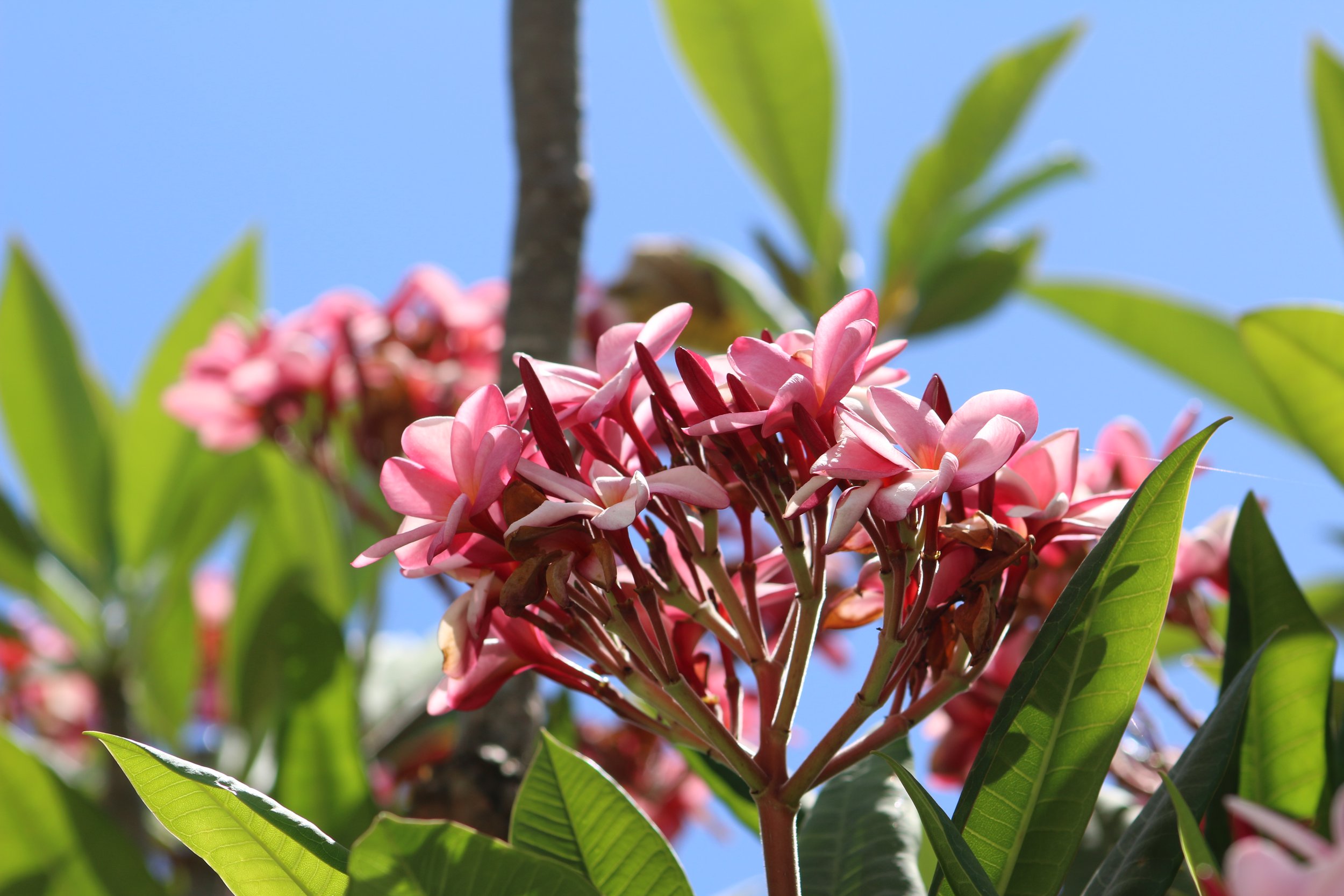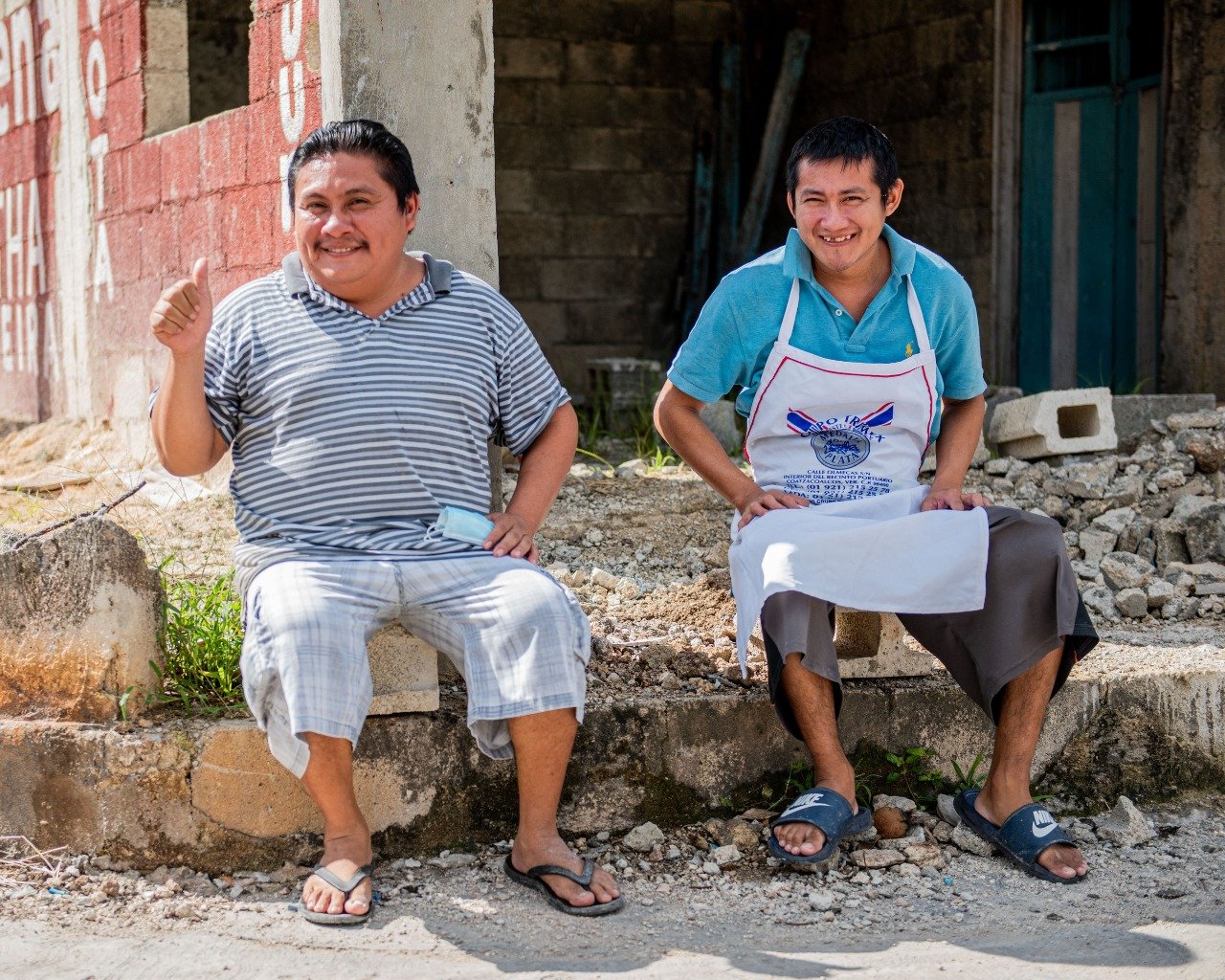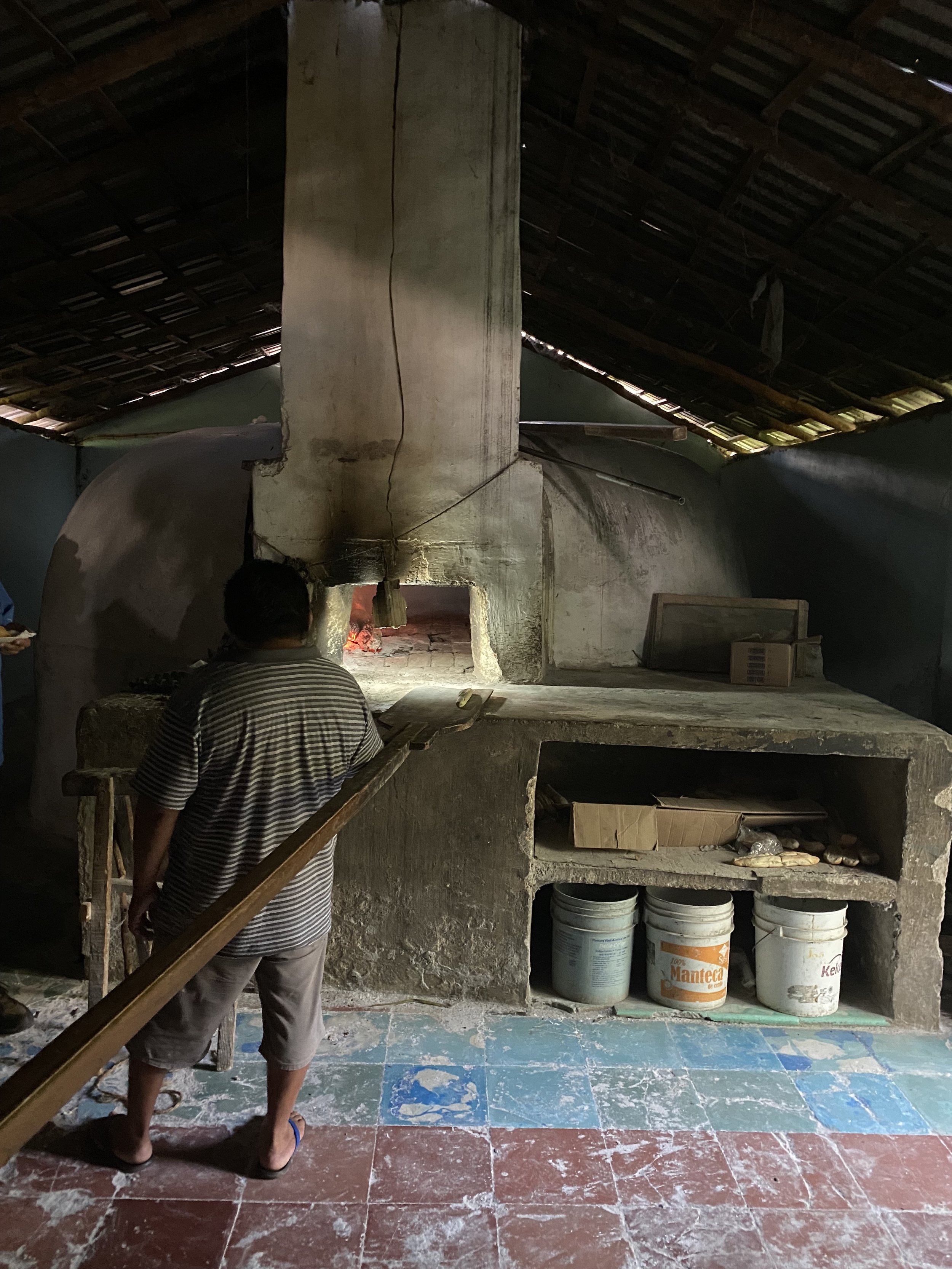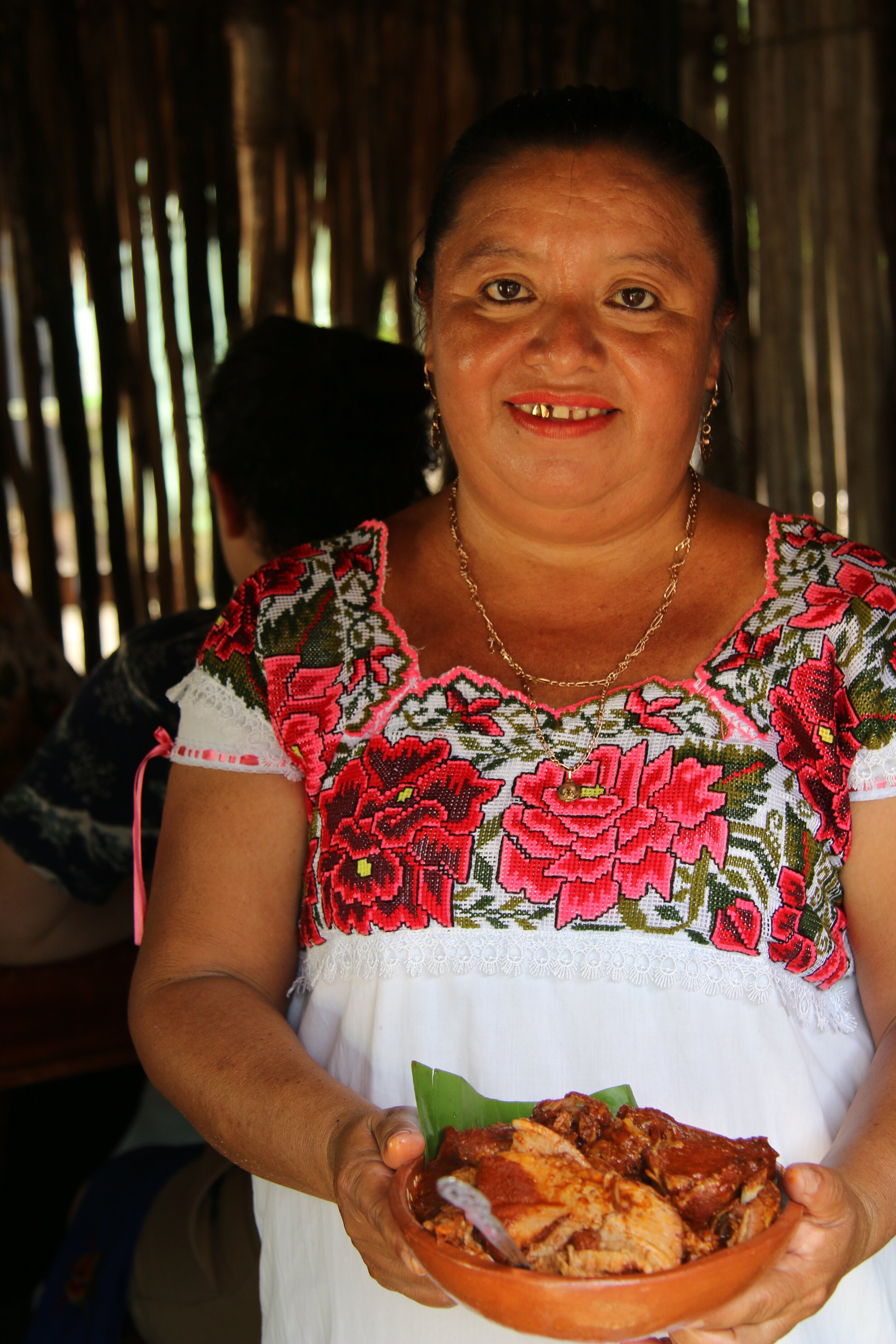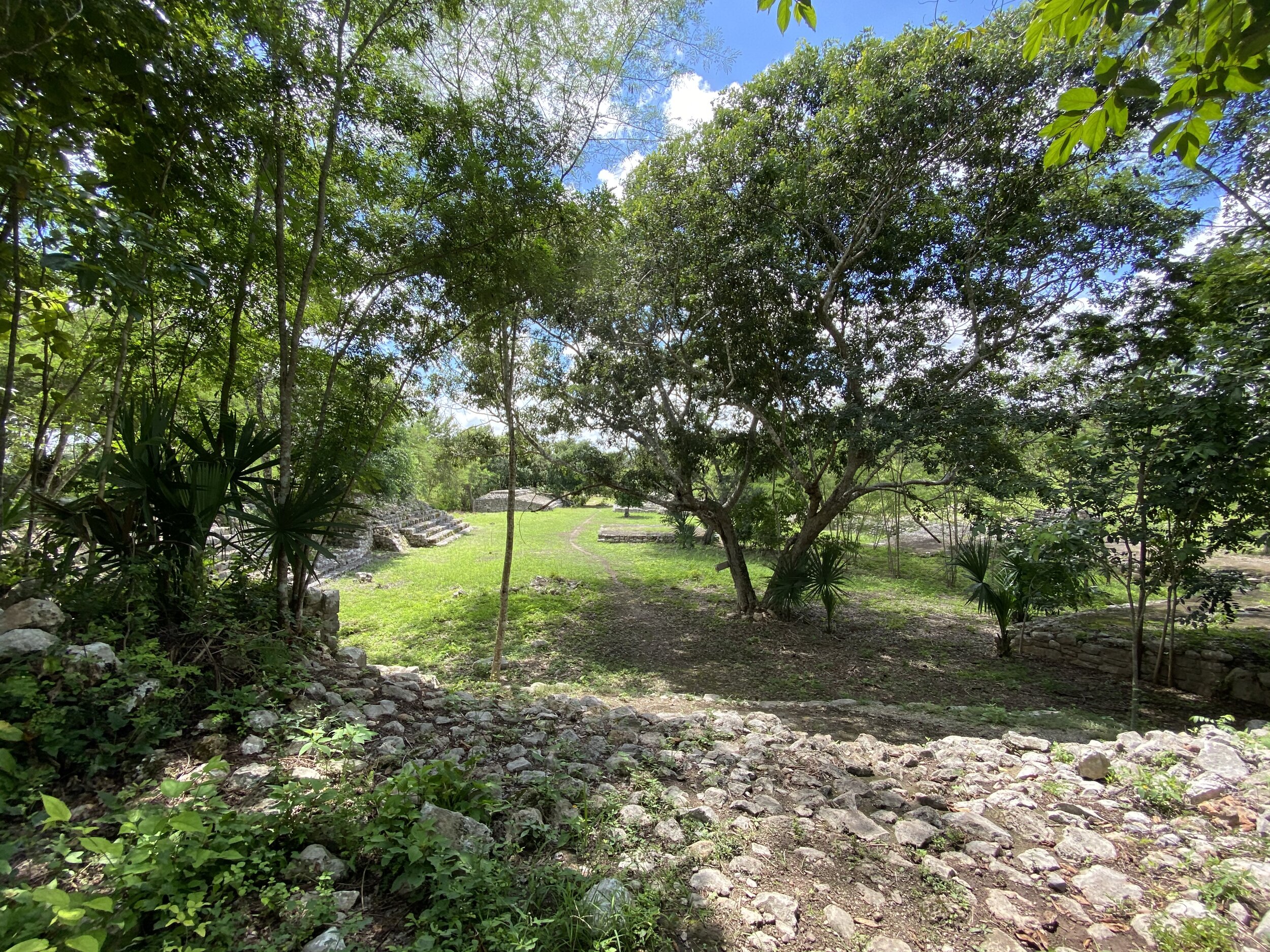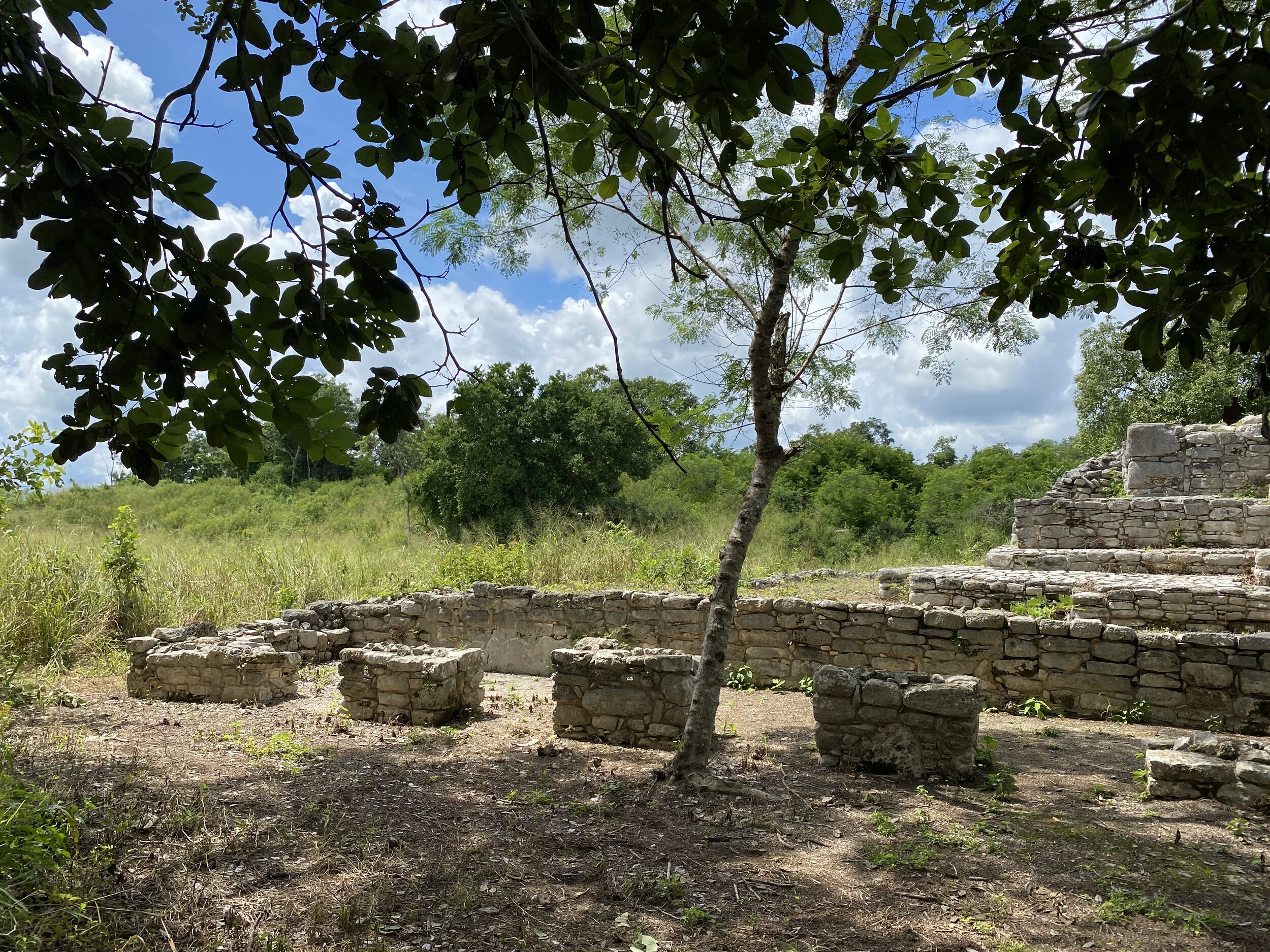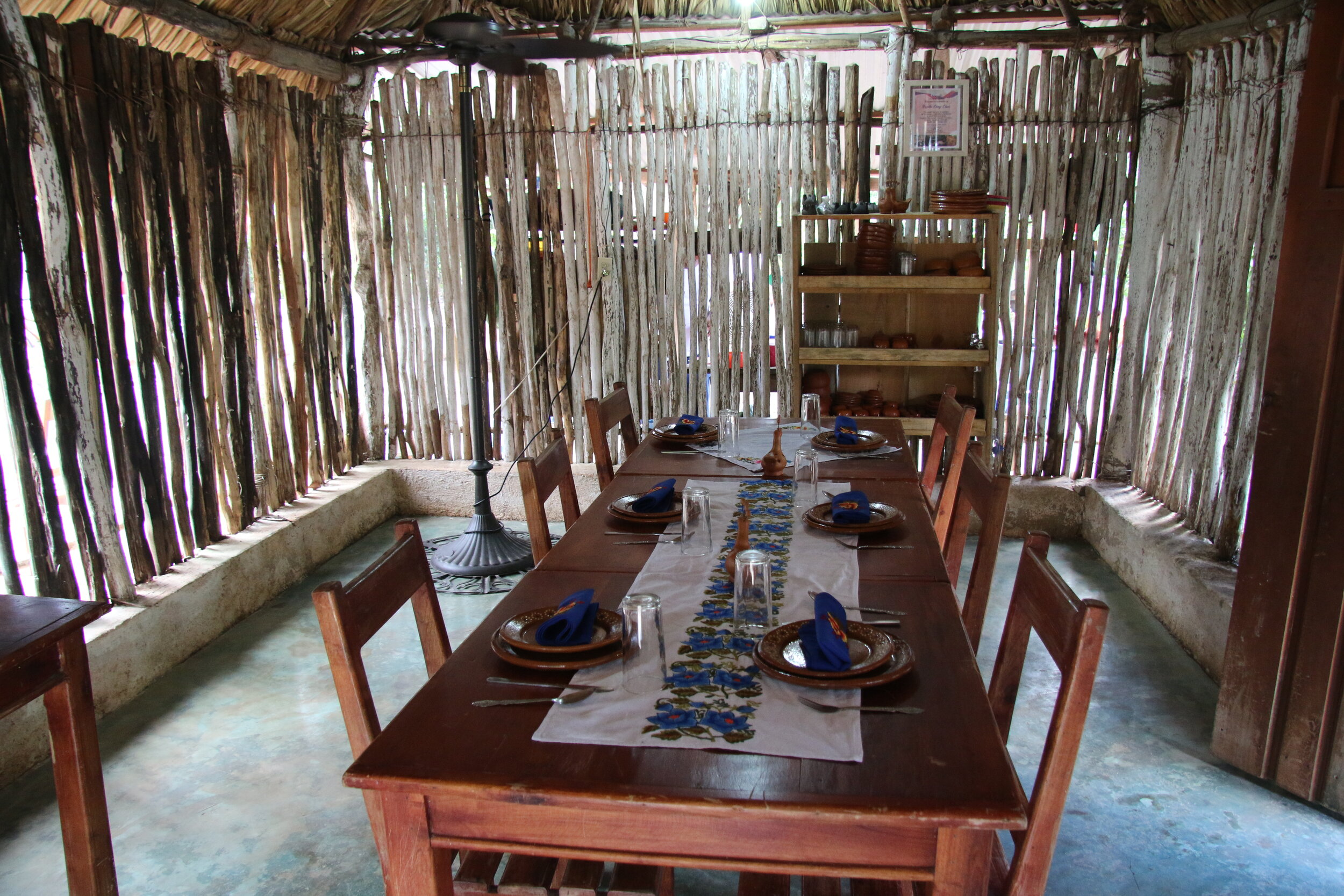For those intrepid visitors who are looking for something out of the ordinary, happen to be fans of classic Land Rovers and are excited by the prospect of actually driving one, this tour destination and activity is perfect!
You will pilot your classic Land Rover from the Mayaland collection at Uxmal, through green fields and citrus orchards and through the countryside, visiting a massive observation tower and an abandoned ruin of a historic hacienda in the jungle, held in place by Angkor Wat-reminiscent tree roots.
To this experience we can add a catered taco or local speciality lunch, on the property, picnic-style or just light snacks and refreshing drinks. This tour can be taken as a stand-alone excursion for our cruise ships guests (time constraints) or a full day including a guided visit to the magical archeological site of Uxmal for those staying in Merida.
Have a look at these photos of a recent outing there and let us know if you would like us to set this up for your group!
A hearty welcome from Luis, at Land Rover Experience, Uxmal, Yucatan, MEXICO
